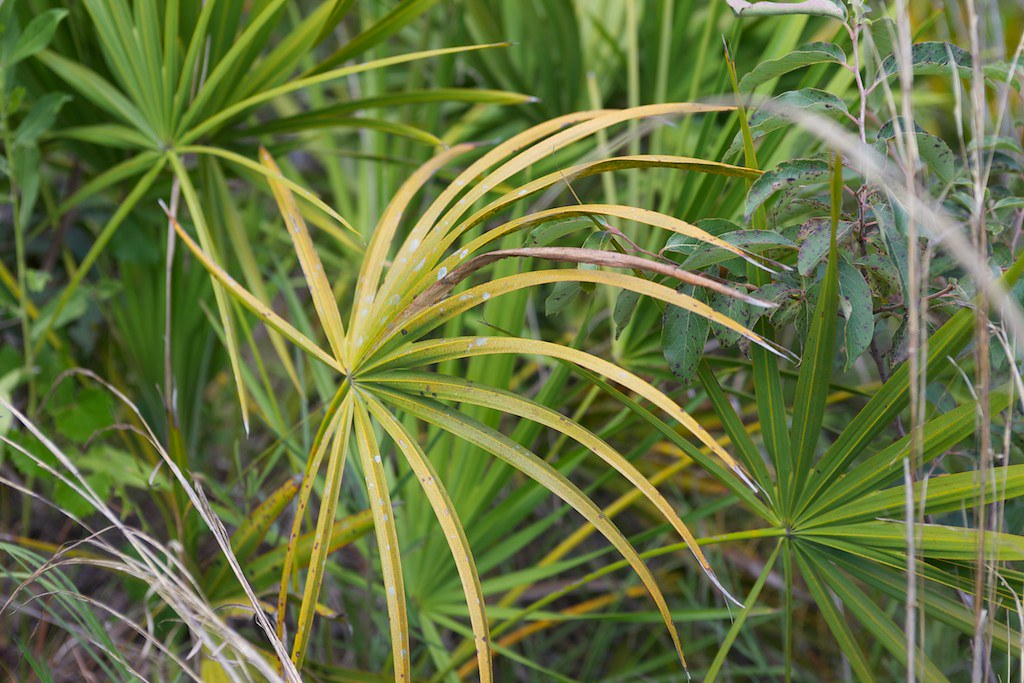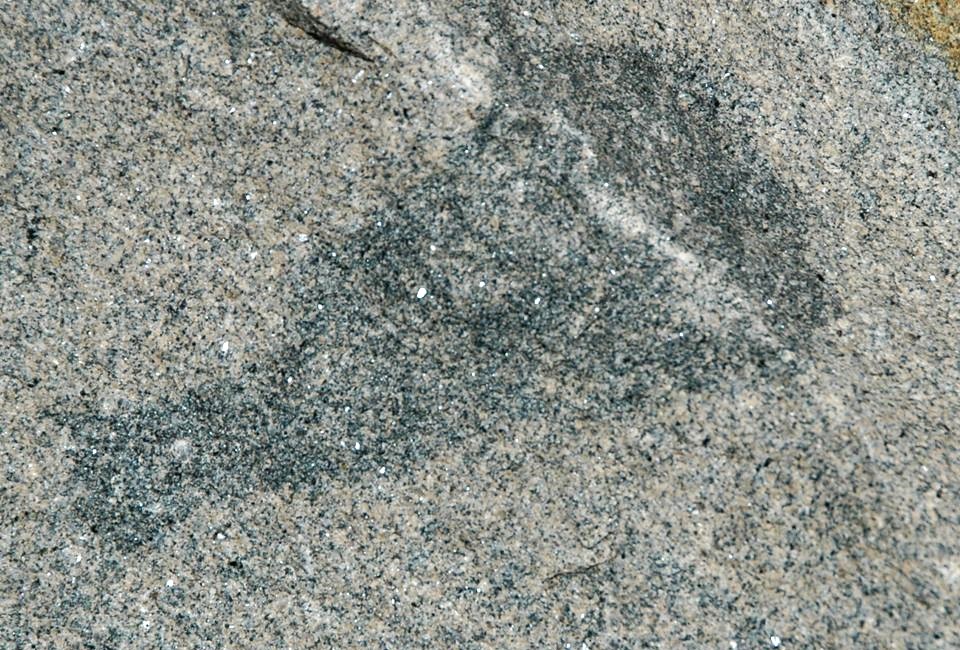Plant nutrients such as nitrogen (N) and, phosphorus (P), potassium (K) are an essential part of their life cycle. These nutrients help the plant complete its life cycle while defending itself against harmful pests. Whether indoor or outdoor gardens, plants rely on these nutrients—NPK because of their essential role in various metabolisms. In this article, let’s talk about potassium for houseplants.

Healthy and happy herb garden
Potassium is essential for plants because it decides how well and healthy it grows and reproduces. Moreover, it is a significant component of enzyme catalysis—which are vital for protein production. These proteins are essential for plant growth ultimately. Potassium also regulates the opening and closing of stomata in plants.
Let’s learn more about potassium and how it affects the plants in your garden and houseplants. More importantly, gardeners and growers can mitigate potassium deficiencies in soil for healthy and happier plants.

Beautiful indoor windowsill garden, which means more light and more growth
Importance of Potassium for Plants
Just like humans, plants need nutrients to survive. One such crucial nutrient is potassium (K) which helps plants grow and reproduce. This incredible nutrient regulates plants’ growth and development. It assists plants in producing and synthesizing enzymes, proteins, sugars, and chlorophyll.

Rose plant care—these indoor plants are healthy and happy because of complete nutrition.
Furthermore, potassium in plants plays a vital role in photosynthesis because it regulates the opening and closing of plant pores (stomata) responsible for liquid and gas exchange.
Benefits of Potassium on Plants
Potassium assists plants in growth and development. It also helps plants in:
- Potassium enhances crop yield
- It provides resistance against pests
- Potassium helps plants to grow faster and stronger
- Fight off diseases
- It benefits the plant in water use efficiency and drought-resistant
Potassium (K) regulates most plant functions and improves overall health and appearance.
RELATED: Nitrogen for Houseplants: Why is It Important for Growth and Reproduction of Plants?
What Are the Signs and Symptoms of Potassium Deficiency in Plants?
Potassium is a super nutrient that catalyzes all enzymes (almost 60) for protein synthesis. Therefore, a potassium deficiency in plants is known as potash deficiency. Its impacts first appear on the plant’s roots because they cannot uptake nutrients from the soil.
The following are the most common symptoms of potassium deficiency in plants:
Yellowing of Leaves

Leaf yellowing in dry bean due to chlorophyll breakdown
Yellowing of leaves due to potassium deficiency is the most common symptom, which first impacts the older leaves and then spreads over the entire plant. It mainly occurs due to the breakdown of chlorophyll molecules and emerges between leaf margins.

Yellowing of young tomato leaf due to potassium deficiency
These symptoms first emerge in older leaves and then spread over to younger leaves. If these symptoms go unchecked, it will lead to leaf death due to necrosis, ultimately sacrificing the food processing abilities of plants.

Chlorotic lesions and leaf spots on plant foliage due to potassium deficiency
RELATED: Calcium for Houseplants: Why is It Important for Growth and Reproduction?
Brown Leaf Edges
Brown leaf edges—another negative symptom of potassium deficiency in plants. It appears as brown, burnt tips of leaves during the summer months and seems sunburnt.

Leaf tip necrosis due to potassium deficiency in Cordyline sp.
Purple Spots

The purplish appearance of leaves due to potassium deficiency
The potassium deficient plant shows dark purple spots on both sides of the leaves but is more prominent on the lower sides of older leaves. Interestingly, this is the most common sign of potassium deficiency and helps growers in early detection and amendments.
Wilting of Leaves And Plants

Severe yellowing of leaves leads to wilting of the entire plant
Due to potassium deficiency, the leaf yellowing and necrosis lead to defoliation and plant wilting. Potassium deficiency disrupts cell walls’ cell structure and integrity, impacting the critical cellular process and transport of ions and gases.
Slow Growth in Potassium Deficient Plants
Potassium is a soil-derived macronutrient that supports root growth. So, when the soils lack these essential nutrients, there will be no new growth and crop yield.
Sources of Potassium for Plants
There are two ways (organic and inorganic) by which you can supplement your plant with potassium nutrients. It includes organic or natural fertilizers and synthetic fertilizers. Natural fertilizers are best for organic gardens and indoor plants because they directly add potassium to the soil and provide benefits in the longer run.
The following are the organic fertilizer sources:
Compost

Compost tea is ideal for indoor plants and gardens because of the variety of nutrients and benefits.
The compost is rich in nutrients, including potassium, nitrogen, and phosphorus. It helps growers in achieving their goal of healthy plants and more production.
Compost tea is best for house plants and garden vegetables made of banana peels, fruit, and vegetable waste. Also, the potassium in compost is readily available to plants and provides effective results instantly. The only drawback is it leaches down quickly from your compost pile.
Wood Ash

Wood ash—a source of potassium for plants
Wood ash, mainly hardwood, serves as a great source of potash fertilizer for plants. The addition of wood ash in the compost pile enhances the potassium contents and is readily available for plants. However, the only drawback of wood ash as potash fertilizer is increasing soil pH. So, regular soil testing is essential before applications to maintain the balance.
Granite Dust

Granite dust is the most inexpensive way to supplement your plants with potassium.
It is an inexpensive source of potassium and slowly releases it into the soil, and is effective for house plants and gardeners. Granite dust is a ground rock and not a quick fix for plants to cure drought. However, its small additions to potting soil can solve the potassium deficiency in indoor plants.
Sulfate of Potash
It is in the group of synthetic fertilizers and does not contain chlorine which means it is safe for plants. The sulfate of potash helps plants grow by improving the root structure and nutrient uptake abilities.
Kelp Meal

Organic source of potassium to support growth and reproduction
Kelp meal is an excellent source of potassium and is released quickly into the soil. It is available as dried or in liquid to offer essential nutrients to plants.
Greensand
It is not only composed of potassium but also of several trace minerals to supplement plants with a balanced fertilizer. Greensand is derived from old sea beds and used as a soil conditioner—a quick fix for both soil and plants.
Potassium Chloride
Potassium chloride provides potassium to soil and plant roots. It is derived from old deposits and contains chlorine which can harm the soil microbes.
RELATED: What Are the Important Roles that Plant Nutrients Play for Growth and Development?
NPK Fertilizer

Potassium source or a balanced fertilizer—NPK fertilizer
NPK fertilizer stands for nitrogen, phosphorus, and potassium. It is a combination of balanced fertilizers and not only supplements plants with potassium but also with nitrogen and phosphorus. However, the only drawback of this fertilizer is that it is only available to plants for a limited time and does not keep the soil and its microbes healthy.
Practical Tips While Supplementing Your House Plant with Potassium
Here are the practical tips while adding potassium to the soil;
- Do not apply too much fertilizer (NPK) and always use the half amount recommended for house plants.
- Never feed a newly potted and repotted plant with nutrients because these plants are stressed and need a month or two to adjust to their new environment.
- Remember, nutrient applications are not the cure for all plant problems. Sometimes, a plant suffers from fungal root rot or insect injury and needs fungicidal and insecticidal treatments but does not have the nutrients.
Frequently Asked Questions
What is Organic Fertilizer High in Potassium?
Potassium is one of the essential nutrients for plant growth, just like nitrogen and phosphorus. These are the organic fertilizers rich in potassium;
- Coffee grounds
- Green tea
- Burned cucumber skin
- Kelp
- Greensand
- Compost
- Sawdust
- Granite dust
- Soybean meal
- Sulfate of potash magnesia
- Alfalfa
These organic fertilizers benefit from synthetic fertilizers in plant care because they are rich in potassium and direct potassium to the soil.
What Is the Fastest Way to Add Potassium to the Soil?
The fastest way to add potassium to the soil is through homemade mixtures or compost because it is cheap and good for soil and plants. For example, burned cucumber skin, compost, eggshells, and banana peels. The best way to add these sources is to add them to the potting mix and let it decompose for potassium release.
How Do You Make Homemade Potassium for Plants?
The homemade potassium for plants is easy to make with only a few ingredients:
- Cut potassium-rich banana peels into smaller pieces, add them to the compost pile, and wait for their decomposition and potassium release. Then mix the compost with a potting mix or apply as a foliar spray (foliar feeding). The other way is to place the banana peels in a spray bottle, add warm water, and let it ferment for two weeks. Then spray on foliage of houseplants or in the soil to cure potassium deficiency.
- Use coffee grounds as a potassium source for your house plants. For example, take the used coffee grounds and mix them with the soil while preparing your potting mix and putting it into the pot or garden containers.
- Wood ashes are also a great source of potassium for indoor plants and your gardens. Simply burn the wood, gather the potassium-rich ash, and mix it with your potting soil. Or you can also dilute it with water to spread over the soil surface to repel the pests. This one-time application is enough for the entire year.
What Plants Benefit from Potassium?
Potassium benefits roses and other flowering plants. It improves their growth while the different roles include:
- Increase root growth and improves disease resistance
- Maintains cell integrity and structure
- Aid plant in protein, sugars, and starch synthesis
- Regulates the opening and closing of stomata
- Help plant in photosynthesis
- Reduces turgor pressure
- It helps plants to resist pest injuries
- Reduces water loss and prevents the plant from wilting
How Do You Increase Potassium and Phosphorus in Soil?
The best and most straightforward way to enhance potassium and phosphorus in soil is to add granite dust and greensand. While to improve phosphorus in soil is compost, animal manure, and animal blood meal. All these sources would readily release potassium and phosphorus into the ground for a more extended period.
Before applying these sources to the soil, perform a soil test and add potassium and phosphorus.
What Are the 10 Signs of Low Potassium in Plants?
The excess and deficiency of potassium in plants are harmful in both ways. For example, the shortage of potassium in plants causes;
- Growth reductions
- Plant wilting
- Yellowing of plant leaves starts from the older leaves to spread over younger ones.
- Sunburnt necrosis starts from leaf edges
- Leaf rolling and curling starting from tips
- Purple spots on leaves on both the upper side and the bottom side
What Is the Most Common Cause of Low Potassium?
The most common cause of low potassium in soil is its mineral form. Most of the 90 to 98 percent potassium is present in mineralized and crystallized structures. That’s why plants are unable to absorb it due to insoluble forms.
Over time, these minerals break down, and potassium (K) is released into the soil. This process of potassium release is slow and not adequate for field crops and indoor plants.
These are the key factors that enhance the uptake of potassium by plant’s roots;
Soil moisture: Higher the soil moisture is, the higher the potassium availability in the soil. By increasing the soil moisture, the movement and availability of potassium can be improved.
Soil aeration also plays a vital role in potassium uptake and root respiration. There will be no potassium uptake by plants if there is no proper aeration due to higher soil moisture and low oxygen levels.
Soil temperature: As the soil temperatures increase, the root activity and related processes also increase, and a grown root’s physiological activities mean enhanced potassium uptake.
Sources For Further Reading
- Fertilizer Calculations for Greenhouse Crops. (2016, October 26). Center for Agriculture, Food, and the Environment. Retrieved May 26, 2022, from https://ag.umass.edu/greenhouse-floriculture/fact-sheets/fertilizer-calculations-for-greenhouse-crops
- Kaiser, D. E. (2018). Potassium for crop production. UMN Extension. Retrieved May 26, 2022, from https://extension.umn.edu/phosphorus-and-potassium/potassium-crop-production#soil-temperature-598162
Editor’s Recommendations
Giving Your Plants a New Home: How to Repot Your Plants
An Inside Job: How to Water Your Indoor Plants
Gardening In August: What Plants To Grow At The End Of Summer







